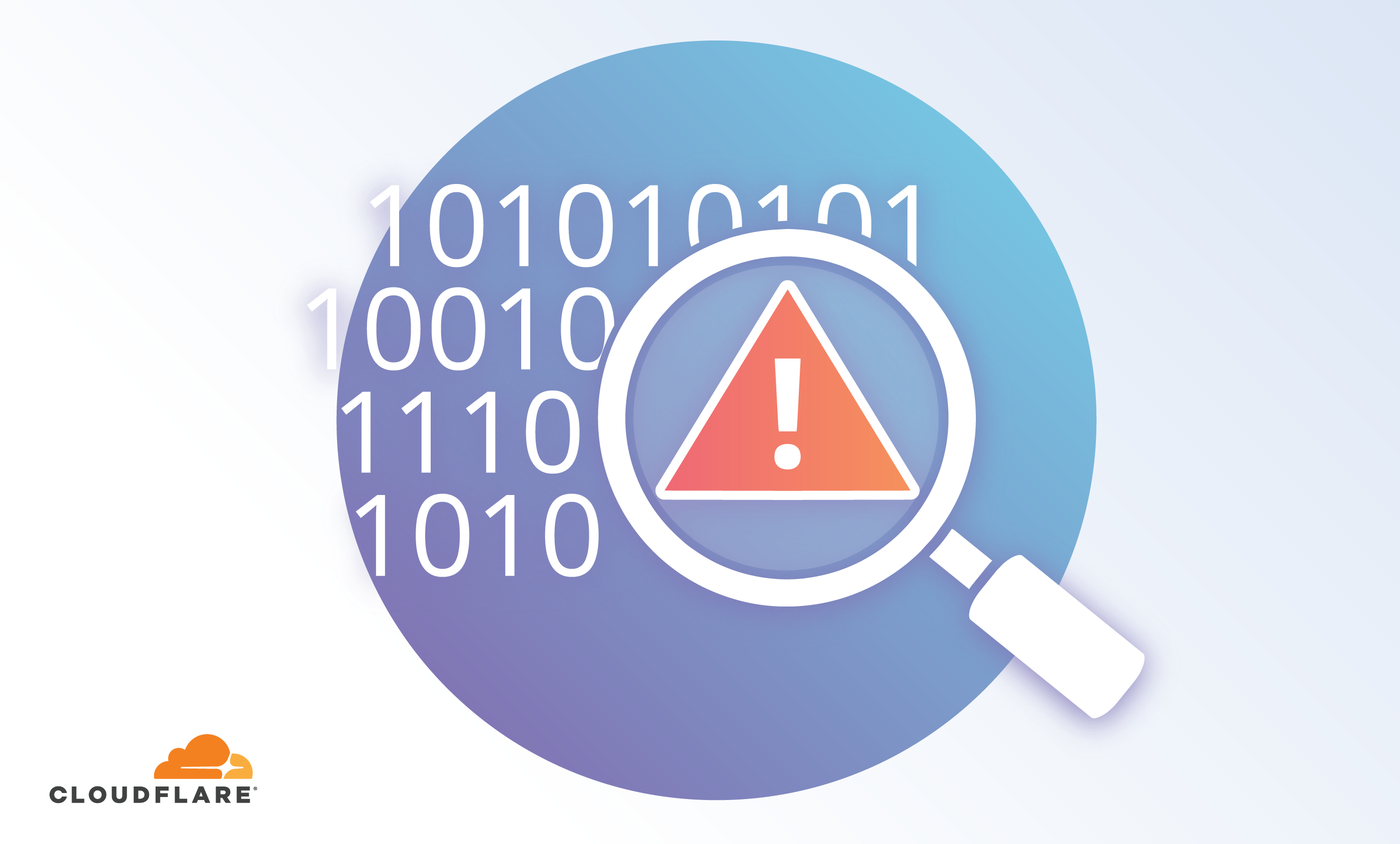Some Thoughts on Digital Transformation

It was my privilege to host a panel during ONUG London 2018 and my face was shoved in front of a camera as part of the package. I surprised myself here with ‘thought lording’ about digital transformation that seems to be intelligent and coherent. I extracted best and relevant bits into this video. Here are […]
The post Some Thoughts on Digital Transformation appeared first on EtherealMind.
Video: Automating Simple Reports
Network automation is scary when you start using it in a brownfield environment. After all, it’s pretty easy to propagate an error to all devices in your network. However, there’s one thing you can do that’s usually pretty harmless: collect data from network devices and create summary reports or graphs.
I collected several interesting solutions created by attendees of our Building Network Automation Solutions online course and described them in a short video.
Want to create something similar? No time to procrastinate – the registration for the Spring 2019 course ends tomorrow.
Check Point GAiA as Personal Firewall on Linux – Part2
This is the second part of the tutorial that aims to deploy Check Point Gaia as a personal firewall under Linux. Let' assume that we have created underlying network infrastructure with the scripts create_taps.sh and bridge_interfaces.sh in Part1. This part goes further and explains Gaia installation on QEMU virtual machine (VM). We will use the same network topology depicted on the Picture 1.1 of the part 1. Let's start with the point 2.

Picture 1.1 Network Topology
2. Checkpoint Gaia Installation
First, we need to create an empty qcow VM disk with qemu-img utility as we want to install Gaia into this image.
$ /usr/local/bin/qemu-img create -f qcow2 checkpoint.img 100G
As we downloaded Gaia ISO image in the part1 of the tutorial, we can start Checkpoint Gaia VM machine with the ISO attached to Qemu cdrom.
$ sudo /usr/local/bin/qemu-system-x86_64 -m 4096M -enable-kvm -smp 2 \
-boot d -cdrom Check_Point_R80.10_T462_Gaia.iso checkpoint.img \
-netdev tap,id=net0,ifname=tap0,script=no,downscript=no \
-device e1000,netdev=net0,mac=00:11:22:33:44:00 \
-netdev tap,id=net1,ifname=tap1,script=no,downscript=no \
-device e1000,netdev=net1,mac=00:11:22:33:44:01 \
-netdev tap,id=net2,ifname=tap2,script=no,downscript=no \
-device e1000,netdev=net2,mac=00:11:22:33:44:02
Below are the configuration options.
Select:
- Install Gaia on this system
- Proceed with the installation
- Keyboard - US
- Partition Continue reading
The Curious Case of the Garden State Imposter


Dealing with abuse complaints isn’t easy, for any Internet company. The variety of subject matters at issue, the various legal and regulatory requirements, and the uncertain intentions of complaining parties combine to create a ridiculously complex situation. We often suggest to those who propose easy answers to this challenge that they spend a few hours tracking the terminal of a member of our Trust & Safety team to get a feel for how difficult it can be. Yet even we were a bit surprised by an unusual abuse report we’ve been dealing with recently.
Last week, we received what looked like a notable law enforcement request: a complaint from an entity that identified itself as the “New Jersey Office of the Attorney General” and claimed to be a notice Cloudflare was “serving files consisting of 3D printable firearms in violation of NJ Stat. Ann. § 2C:39-9 3(I)(2).” The complaint further asked us to “delete all files described within 24 hours” and threatened “to press charges in order to preserve the safety of the citizens of New Jersey.”
Because we are generally not the host of information, and are unable to remove content from the Internet that we don’t Continue reading
Lenovo’s Charles Ferland Discusses A Comprehensive, Consolidated Approach to CSP Digital and Network Transformation
 Charles Ferland, Lenovo Vice President and Manager discusses the company’s comprehensive,...
Charles Ferland, Lenovo Vice President and Manager discusses the company’s comprehensive,...
Oman Data Park Adds Fortinet SD-WAN to Its Managed Services Portfolio
 This extends a 7-year partnership between the Oman-based service provider and Fortinet.
This extends a 7-year partnership between the Oman-based service provider and Fortinet.
Google Gets Aggressive, Pledges $13B for US Data Centers and Offices
 This will include “major expansions” in 14 states and “tens of thousands” of new employees,...
This will include “major expansions” in 14 states and “tens of thousands” of new employees,...
Paxata Taps Instana for Code-Level Insights Into Its Containerized Applications
 The data preparation software company immediately identified dozens of problems within its code...
The data preparation software company immediately identified dozens of problems within its code...
Unstructured Data Leads Dell EMC to Expand Isilon Storage
 The new storage platform “sits slightly ahead of the curve with what’s happening in the...
The new storage platform “sits slightly ahead of the curve with what’s happening in the...
Huawei Dominates Global Network Equipment Services Market, Dell’Oro Reports
 The China-based firm held a commanding lead in global sales over rivals Ericsson, Nokia, and Cisco....
The China-based firm held a commanding lead in global sales over rivals Ericsson, Nokia, and Cisco....
Kinetic Edge Alliance Targets 30 Markets to Unleash Edge Critical Mass
 The new group advances Vapor IO’s Kinetic Edge architecture, which uses software-defined...
The new group advances Vapor IO’s Kinetic Edge architecture, which uses software-defined...